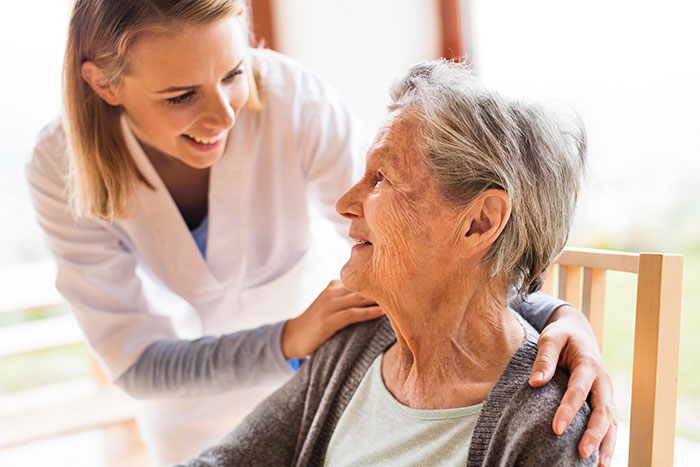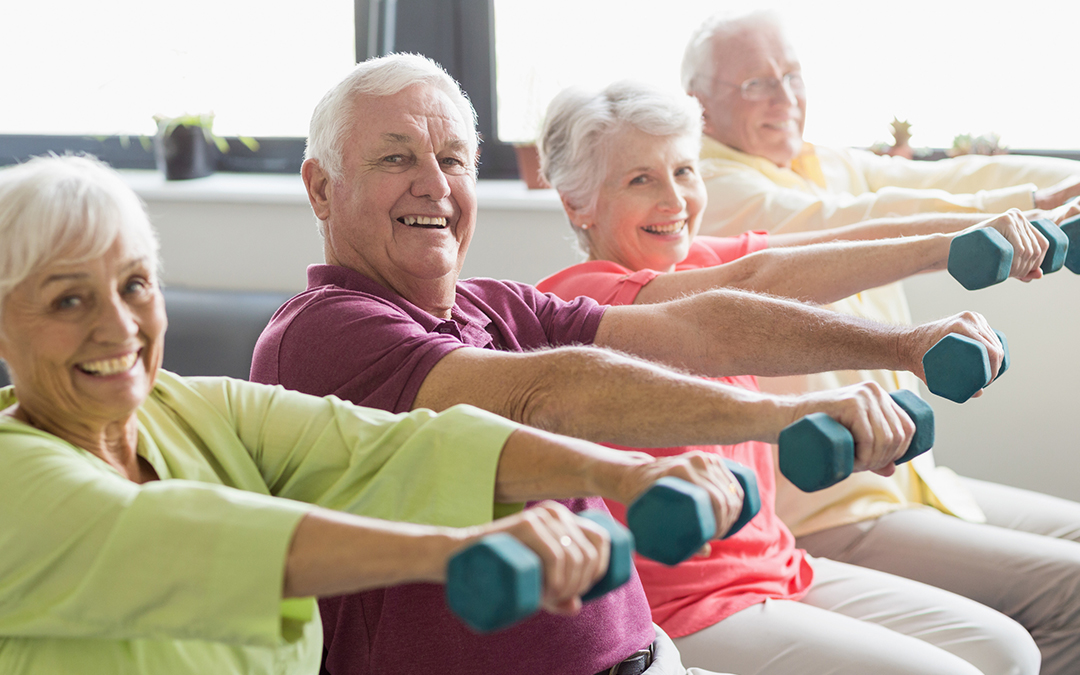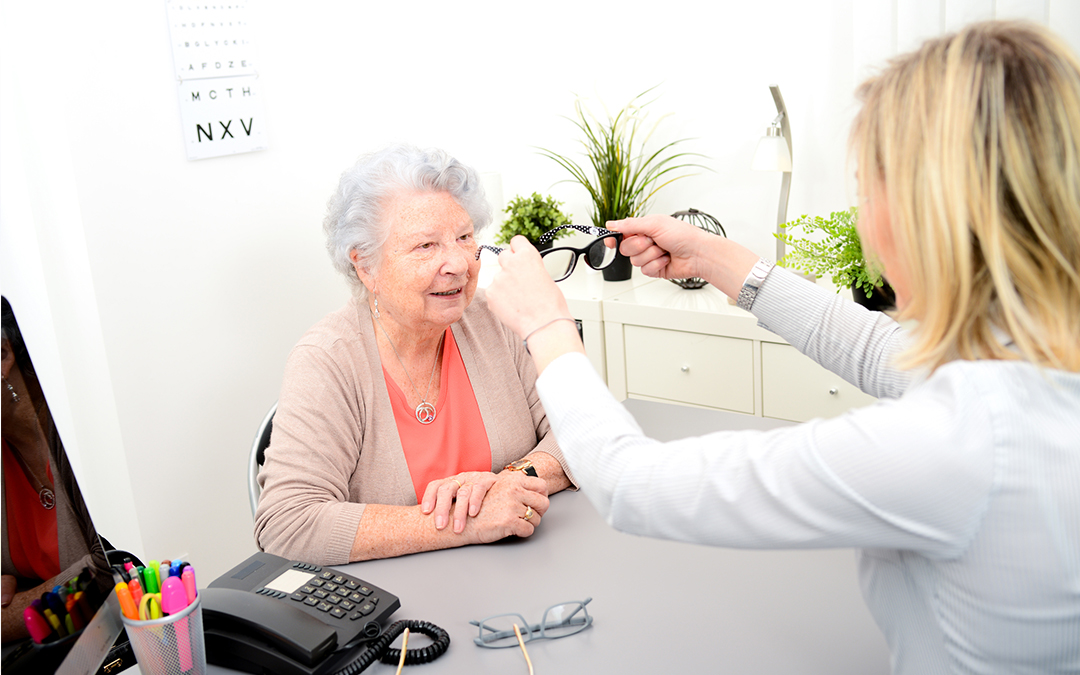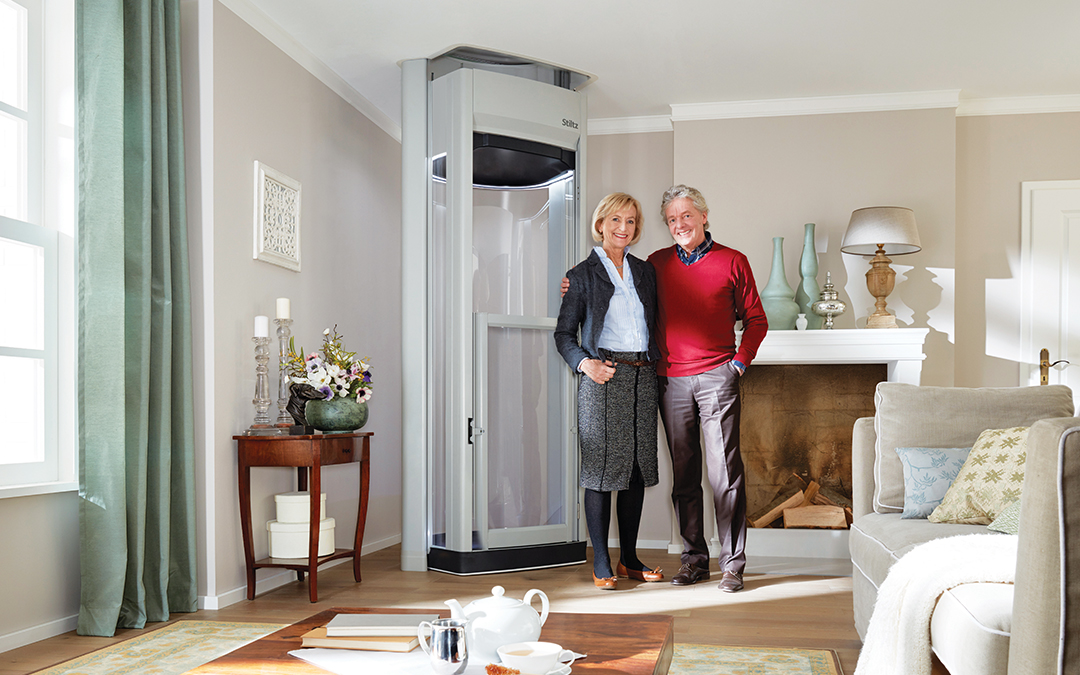One out of four older people fall each year and according to the Center for Disease Control and Prevention (CDC) if you have fallen once, the chances of having a future fall are increased.
Falls can be serious – especially if you end up becoming hospitalized – and it can be an extremely worrying time for family members who may feel slightly helpless that they cannot do more to help their ageing parents.
But there are a few simple measures that can be taken to create a relaxed and safe environment at home, without the fears of another fall.
Talk to your Doctor
Being proactive and getting the right kind of medical assessment to evaluate the risk of a fall in the home and talk with them about specific things that can be done, such as making certain small adaptations to the home – is one of the first things that can be carried out. Busy doctors may not be thorough unless you or your care giver are proactive about asking questions. By being politely but persistently proactive, you can be certain things are not overlooked – for example new medications which can affect your balance.
Your healthcare provider can also carry out an assessment for underlying new illness such as any generalized weakness or delirium or other signs and symptoms you may have been experiencing. Anemia, urinary tract infection, dehydration, heart problems and mini strokes can all cause you to be unsteady on your feet and can all be assessed for my a medical practitioner.
You can also ask your doctor or healthcare provider about taking vitamin D supplements.
Do Strength and Balance Exercises
As we age, one of the first things that starts to go is our balance. Strength and balance exercises can help to counteract this. When you exercise, make sure you have somebody with you or something sturdy to hold onto or if you have a cane, use the cane to hold you steady.
Some popular exercises which help with your balance are Yoga and Tai Chi. There are also many videos online which you can follow. Water and walking exercise classes will also help with balance.
To help prevent falls, you will have to train your body to adapt to unstable circumstances. To do this you should look for an exercise class or group activity which uses dumbbells over weight machines. Dumbbells require you to balance the weights as well as lift them. Step-type moves such as lunges or stepping up, also need your body to balance – but always try under the supervision of a professional.
At home, you could try doing standing exercises on one leg at a time. This type of exercise promotes an awareness of yourself in a space and leads to better balance.
Seated exercises are also very effective, even if you do it just for a few minutes per day. Always consult your physician before you commence any exercise program.
Have Your Eyes Checked
Researchers at the UC Davis Health System Eye Center recently concluded that individuals with poor vision or those with uncorrected refractive error — those who could benefit from glasses to achieve normal vision but do not wear glasses — have a increased risk of feeling off balance with their eyes closed than people who are classed as having normal vision.
That is to say, even small changes to our vision can increase our risk of falling and poor vision may lead to loss of balance.
The body’s balance system happens when the body determines position detection, pulls in feedback and makes adjustments when the inner ear, eyes, muscles, joints and the brain all communicate. If the eyes are pulling their weight in the process, the system won’t be as effective.
To maintain a lifetime of healthy vision, the American Osteopathic Association (AOA) recommends a comprehensive eye exam every two years for adults ages 18 to 60, and annual exams for seniors age 61 and older. ‘At risk’ adults should have more frequent exams.
Being proactive and make the necessary changes is sensible and positive. It is perfectly normal for vision to change as we age and with good eye care you can reduce the impact those changes might have such as getting the right glasses or getting better lighting in your home.
Make your Home Safer
Clear all clutter from the floor. Keep piles of clothing at waist level on beds or tables but never leave anything on the floor with could create a trip hazard. Keep surfaces clear and leave yourself plenty of places to stop and sit or to hold as you move around your home.
A series of wall rails and grab bar are practical and effective. Also, make sure your bath tub and shower have a seated area and grab rails and use a non-slip mat or surface when the floor is wet.
Put railings on both sides of stairs and fill your home with lots of extra lights and brighter bulbs so it is easier to navigate day and night.
It is also recommended that you avoid wearing loose clothing which can get caught on door handles and set you off balance. Opt for properly fitting clothing that does not bunch up or drag on the floor.
If you can no longer manage the stairs, but would need help getting on and off a stair lift, consider investing in alternatives such as a Stiltz Home Elevator, where you can completely independently walk in, sit down and use the simple controls to move between floors. There is no risk of falling as the door closes behind you and the lift will not operate until it clicks securely into place.




